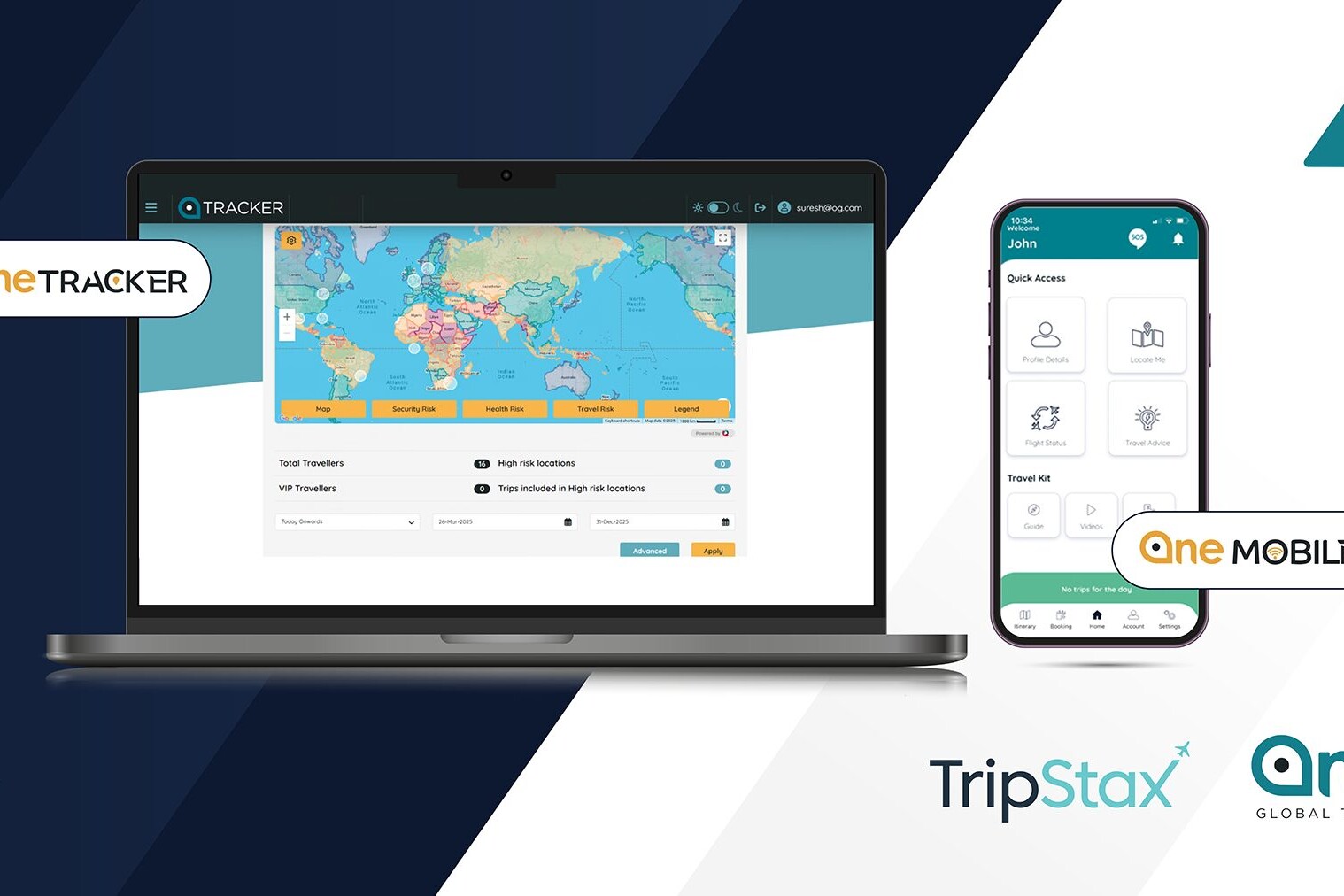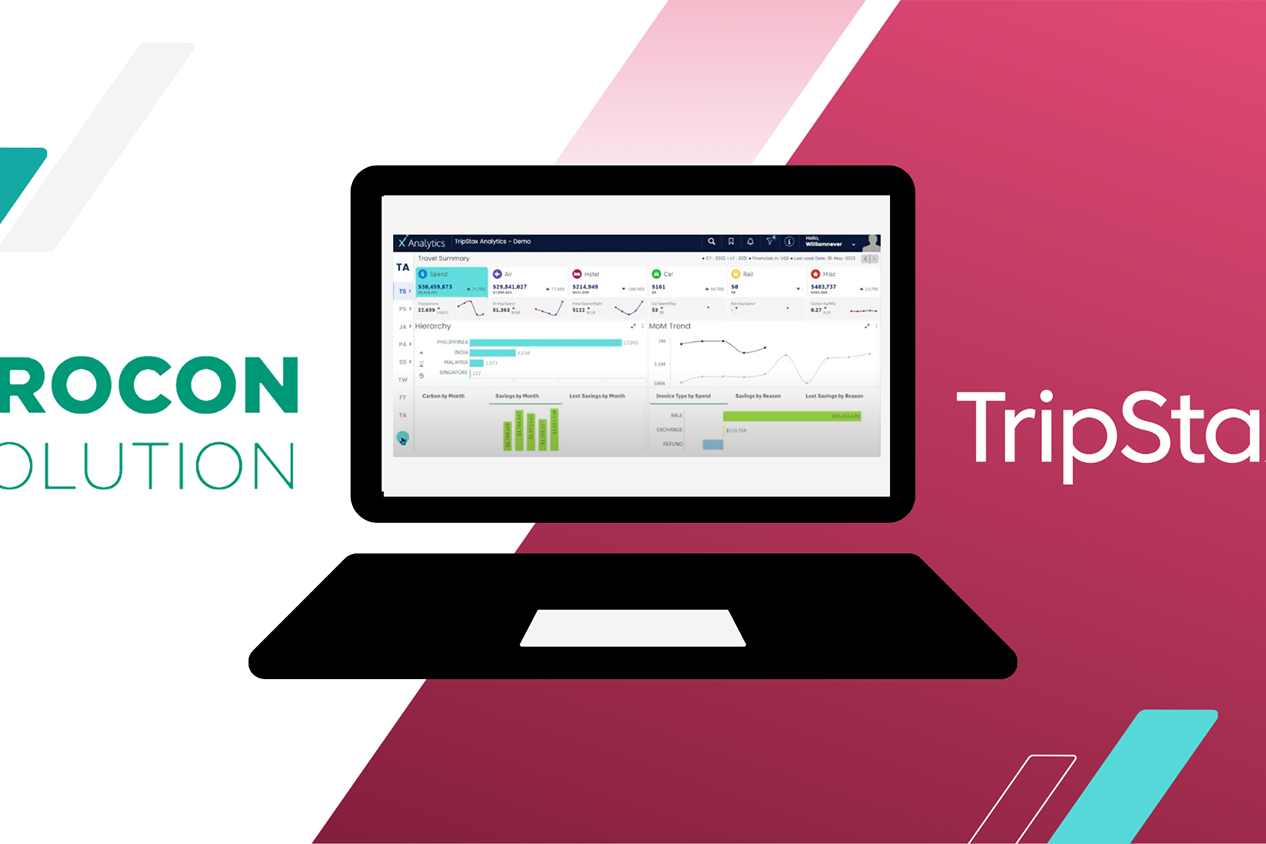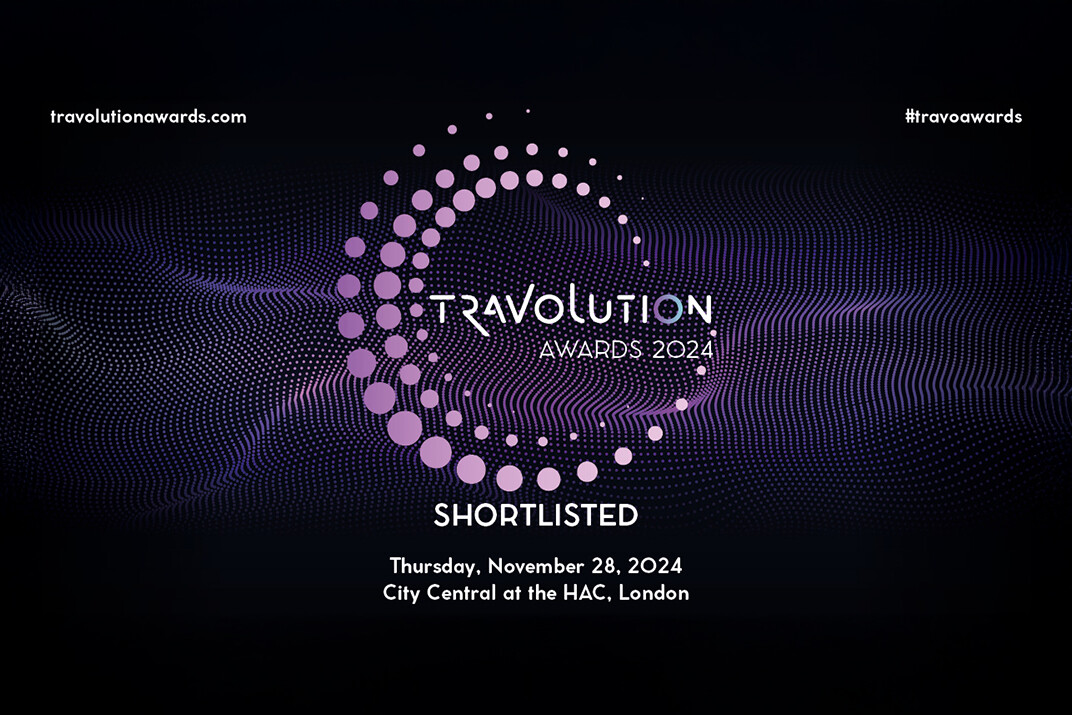For GDS-centric TMCs, NDC has caused huge disruption as they struggle to source content via disparate channels. But another less-discussed conundrum is the unmitigated reliance of these TMCs’ back-office systems on the GDS, which will become even more challenging for two reasons:
- delivery and booking of non-GDS content via multiple channels will continue to increase, whilst GDSs try to modify their commercial models to incorporate this content.
- GDSs are charging TMCs to store these passive PNRs meaning TMCs need new ways to capture and store the data. This downward pressure will only continue.
All this is adding cost to a TMC’s business – and who is ultimately going to pick up the tab – the corporate client?
The back office GDS reliance is exacerbated by our industry’s complex invoicing and BSP structure. If a new tech-led TMC was being created from scratch today, it wouldn’t build a complicated invoicing system, but adopt a new age fintech payment solution. But TMCs have also been reluctant to adopt new payment models due to their back-office systems’ interdependency on the GDS to manage all transactional data, whether created in the GDS, or entered as a passive PNR.
How can TMCs tackle these challenges? Here are 3 options:
- Ensure the back-office system can consume and manage bookings from multiple channels in a structured, normalised manor, ultimately switching the reliance on data consolidation to the back office as opposed to the GDS
- Licence or build their own data processing layer with connectivity to all suppliers, which then feeds their back office
- Overhaul how they receive payments from customers and make payments to suppliers.
Separating content distribution and post booking data consolidation is the key to understanding how our industry can evolve at pace and catch up with other sectors where fintech payments are the norm (think Deliveroo and Uber). It’s time to end the post-booking dependency on GDS providers, in a world where supply and demand are currently shackled by it, and allow the GDSs to evolve as content distributors.
This blogpost was written by Jack Ramsey, CEO, TripStax. Visitors to the TripStax stand K51 will be able to interact with a two-metre, high definition, touch screen to experience TripStax’s dynamic tech in action.
More news from TripStax
TripStax and One Global announce strategic partnership
Business travel technology specialist TripStax and One Global, the community of global, independent TMCs established by…
TripStax wins Best Data Analytics Platform at Travolution awards
TripStax is thrilled to round off the 2024 awards season by winning ‘Best Data Analytics Platform’ at the Travolution…
Tripgrid specialist group and team travel OBT now available to TMCs via TripStax
Travel technology provider, TripStax, has forged a reseller agreement with US-based technology start-up Tripgrid,…
TripStax officially named ‘Hot Travel Startup for 2025’ by Phocuswire
TripStax is honoured to be recognised as one of the ‘Hot 25 Travel Startups for 2025’ by PhocusWire, the…
TripStax bolsters data connectivity capabilities with integration of Procon’s ProTAS mid and back-office solution
Business travel technology specialist, TripStax, is continuing to bolster its data connectivity and integration…
TripStax counts down to Travolution awards ceremony
TripStax is on the countdown to the Travolution Awards on 28th November, the biggest annual celebration of the talents…
TripStax CTO wins Diversity, Equity & Inclusion Champion Award
The 2024 business travel awards season got off to a spectacular start for TripStax on Tuesday 17th September when our…
TripStax Named Finalists for Multiple Awards in 2024
September sees the start of the travel industry’s autumn awards season and TripStax is excited to be named finalists…
TripStax Puts Carbon Data Reporting in Spotlight during GBTA Broadcast Studio Interview in Atlanta
It was lights, camera, action for TripStax at the GBTA Convention in Atlanta last month, during an interview in the…









